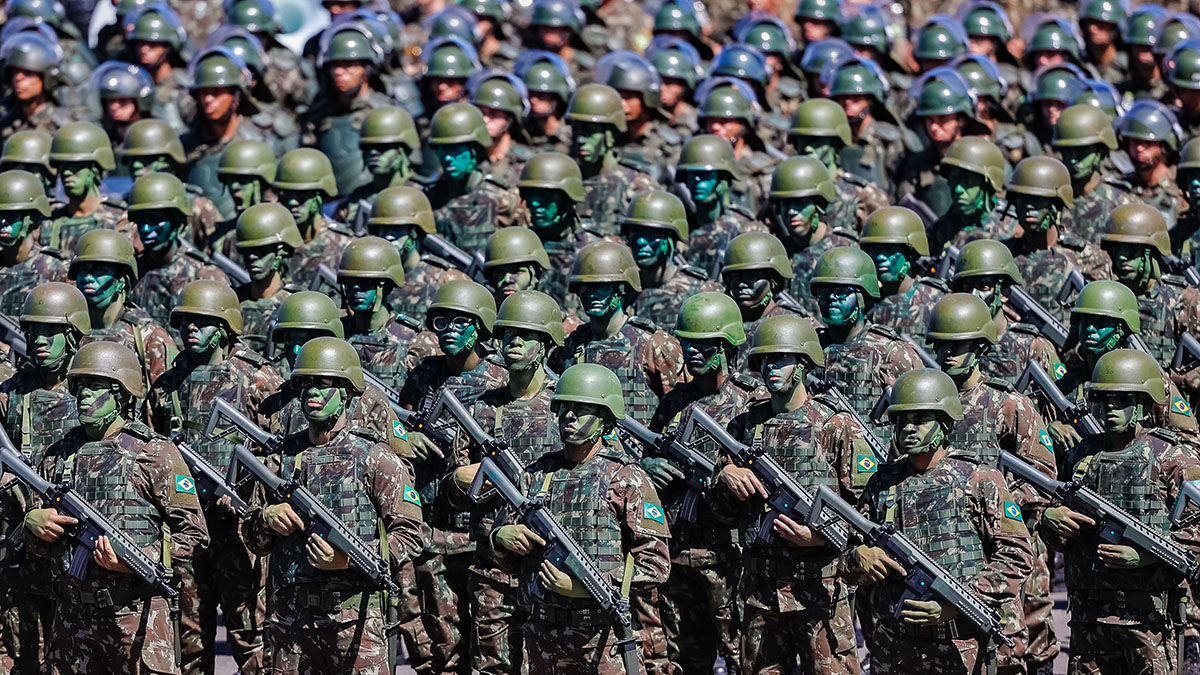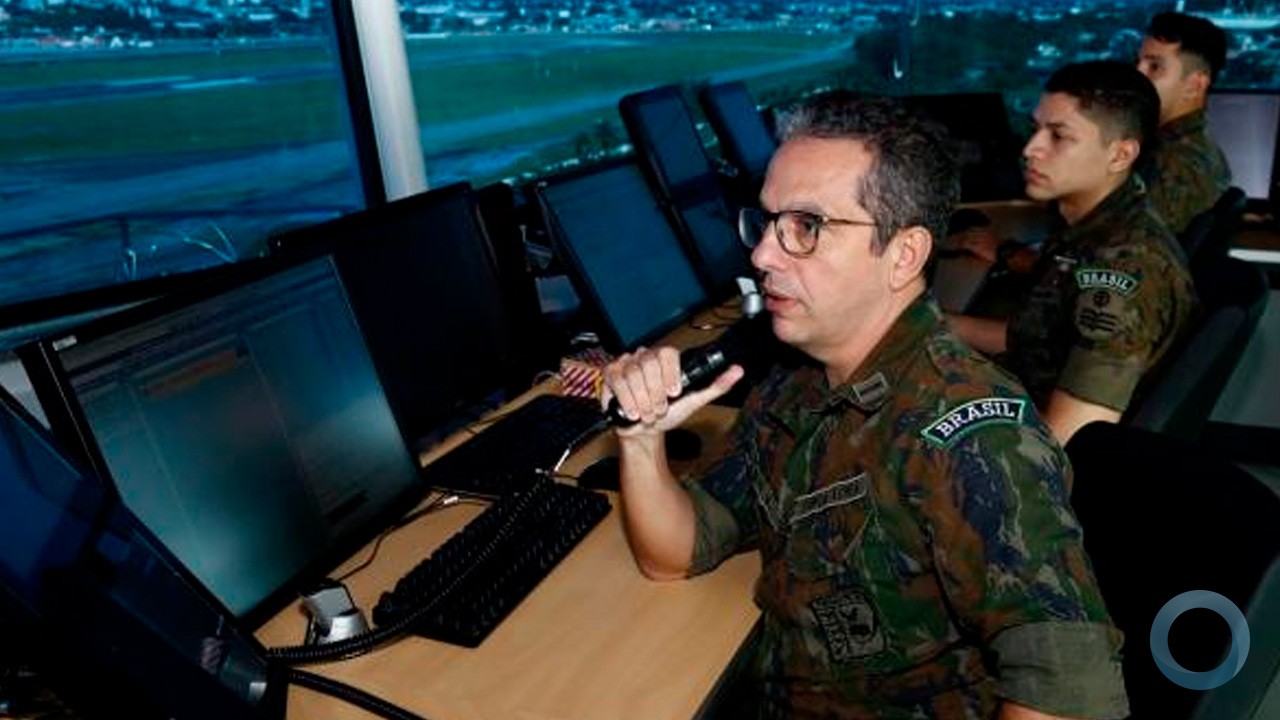Michael Green, Bonnie Glaser and Zack Cooper
The Asia Maritime Transparency Initiative and
The Center for Strategic and International Studies
The recent deployment of Chinese surface-to-air missiles (SAMs) to Woody Island is a notable tactical development, but a far more significant strategic signal.
Tactically, the HQ-9 batteries deployed to Woody Island could target aircraft at ranges up to 125 miles (200 kilometers), covering much of the Paracel Islands, which are also claimed by Vietnam and Taiwan. Such air defenses are a core element of the People’s Liberation Army’s (PLA) anti-access umbrella. China is rumored to have previously placed less-advanced defensive systems in the Paracels, and Vietnam on some of the Spratly Islands. However, imagery showing Chinese SAMs on disputed islands depicts a noteworthy step in the militarization of the Paracels because it shows the extension of China’s anti-access umbrella south from the mainland into the South China Sea.
On the other hand, Woody Island has long been prepared for air defenses using its 8,900 foot (2,700 meter) airstrip, radars, and aircraft shelters. PLA fighter aircraft flying from Woody Island would have a far greater range than the HQ-9 system. Moreover, fighter aircraft could challenge the freedom of overflight by foreign aircraft operating near the Paracels without resorting to actual combat. Mobile SAM systems are certainly less vulnerable than airstrips, but their deployment to Woody Island does not fundamentally alter the regional military balance.
Nevertheless, the placement of SAMs at Woody Island is a noteworthy strategic development for two reasons. First, it shows that Chinese leaders are militarizing South China Sea features despite efforts to convince Beijing to do otherwise. Second, recent history suggests that Chinese developments on disputed features in the Spratly Islands often mimic those on Woody Island, indicating that similar steps may be ahead in the more strategically important Spratlys.
In recent years, U.S. leaders have repeatedly called for a halt to “reclamation, construction, and militarization” in the South China Sea. Yet Chinese officials have responded that “China has the legitimate and legal rights to deploy defense facilities within its territory.” In September 2015, President Xi Jinping went so far as to state that China did “not intend to pursue militarization” in the Spratly Islands. However, as previous AMTI imagery has shown, China has continued reclamation, construction, and militarization at a variety of South China Sea features.
What additional steps might one expect to see in the months ahead? Woody Island has served as a model for Chinese development in the Spratly Islands, particularly at Fiery Cross, Mischief, and Subi reefs. The placement of SAMs at Woody Island suggests that surface-to-air systems may follow on these three reefs as well. Other steps might include hardened aircraft shelters and more advanced radar systems with longer ranges and over-the-horizon capabilities. Additionally, observers might expect to see routine rotations of aircraft, anti-ship cruise missile batteries, surface ships, and submarines through Chinese-held features in the South China Sea. To further assert China’s sovereignty claim, Beijing may also establish territorial baselines around the Spratlys similar to those it created in the Paracels in 1996.
Chinese actions suggest that its leaders are intent on providing the islands with both an anti-access umbrella and a power projection capability. Chinese features would certainly be vulnerable in a conflict, but they would provide a substantial edge over other regional claimants during a crisis and would present an additional military challenge to U.S. forces, which would already be stretched thin in a contingency. Such efforts would also help China enforce a South China Sea Air Defense Identification Zone in the months or years ahead.
Thus, the tactical importance of the deployment of SAMs to Woody Island pales in comparison to the signal the deployment sends about China’s long-term strategy in the South China Sea.
Source: CSIS/AMT
Read more: Washed Away: Typhooon Spotlights Island Building (Link)

































